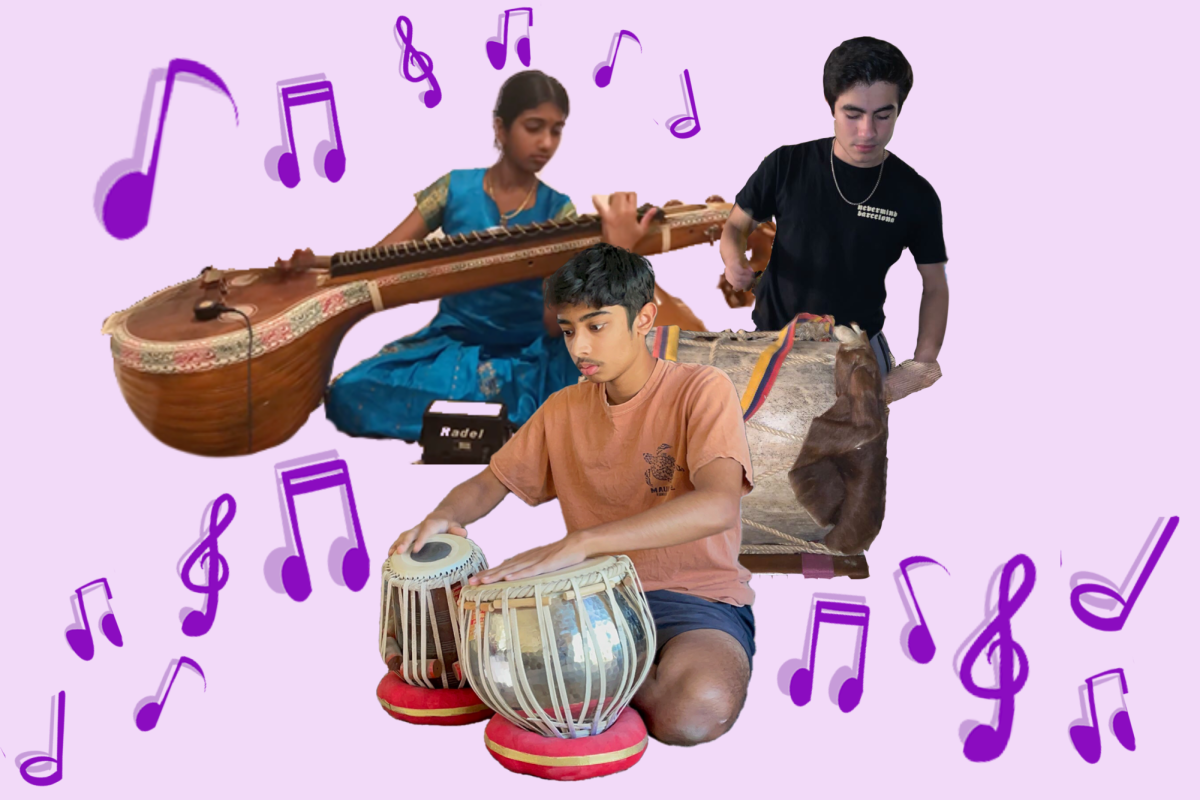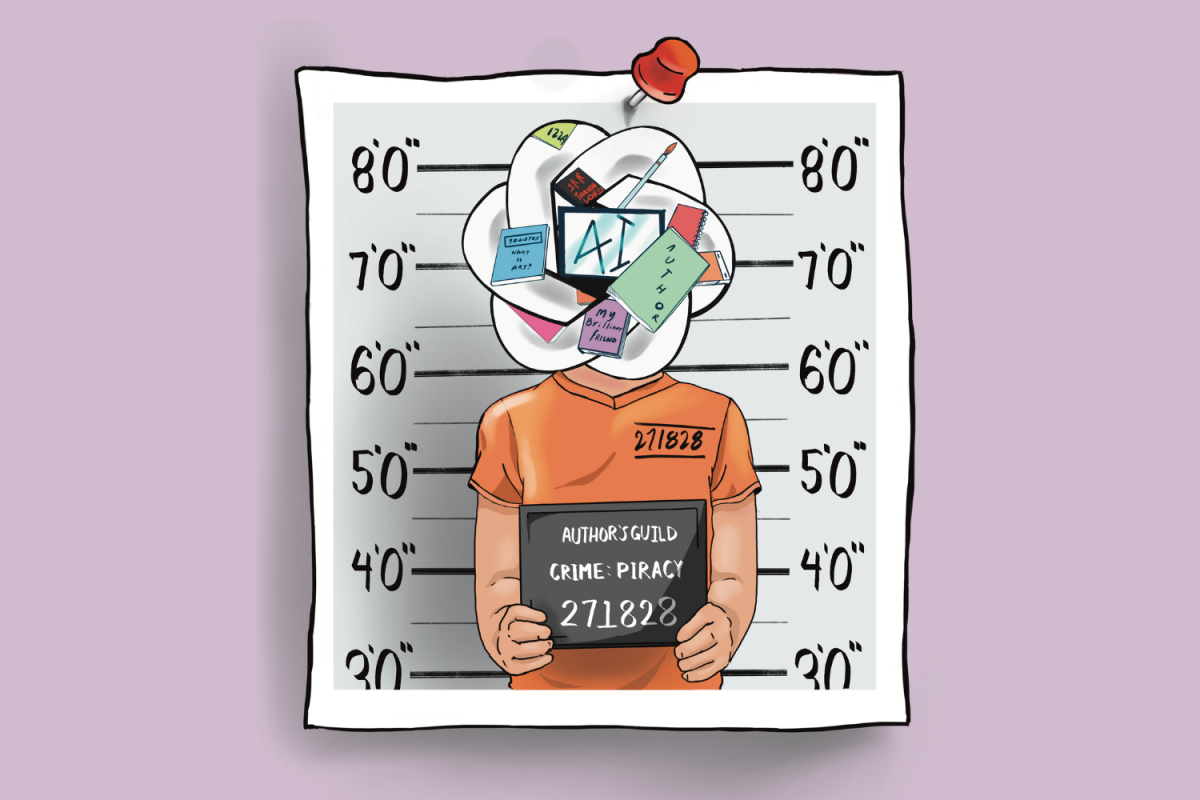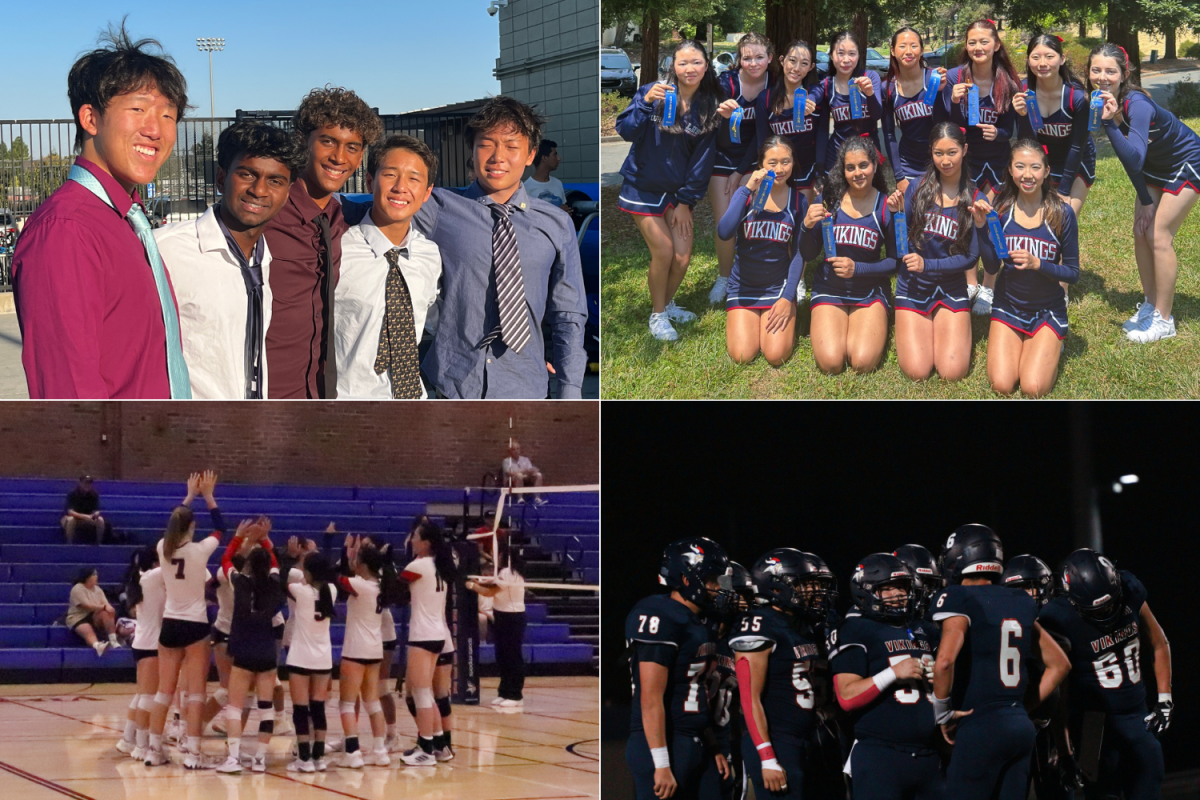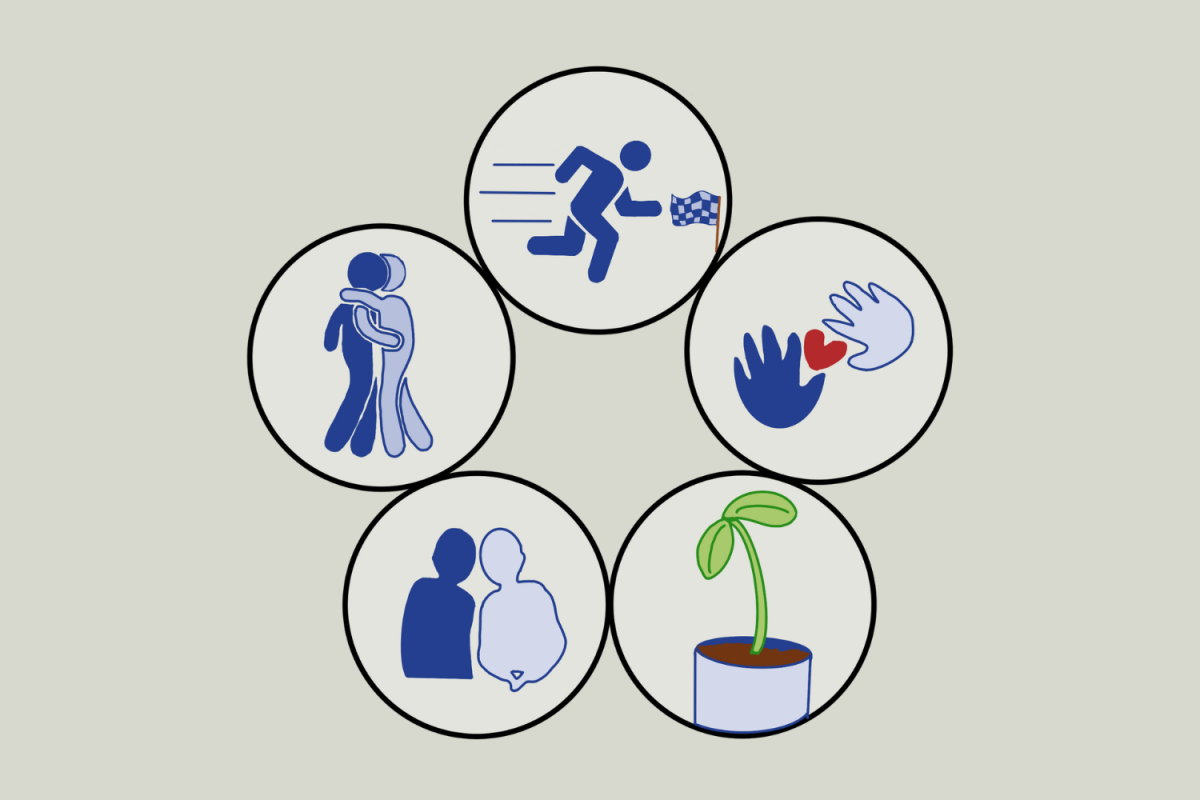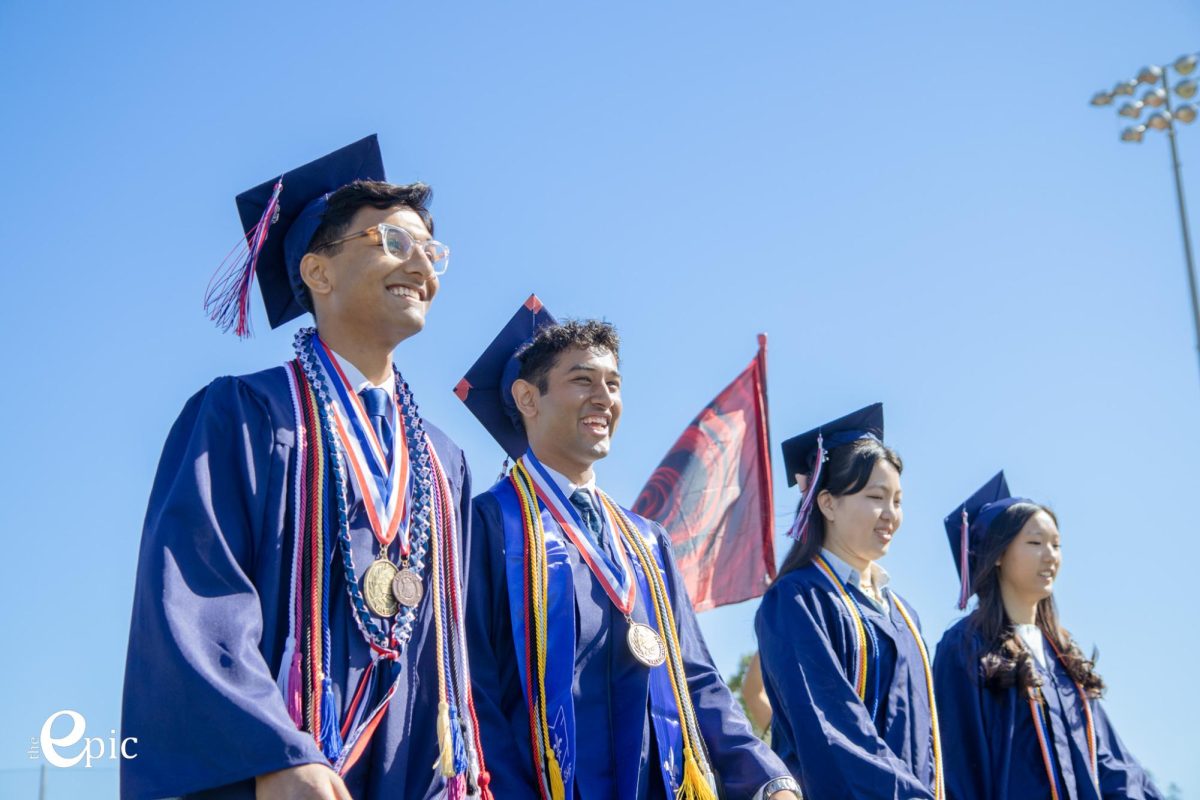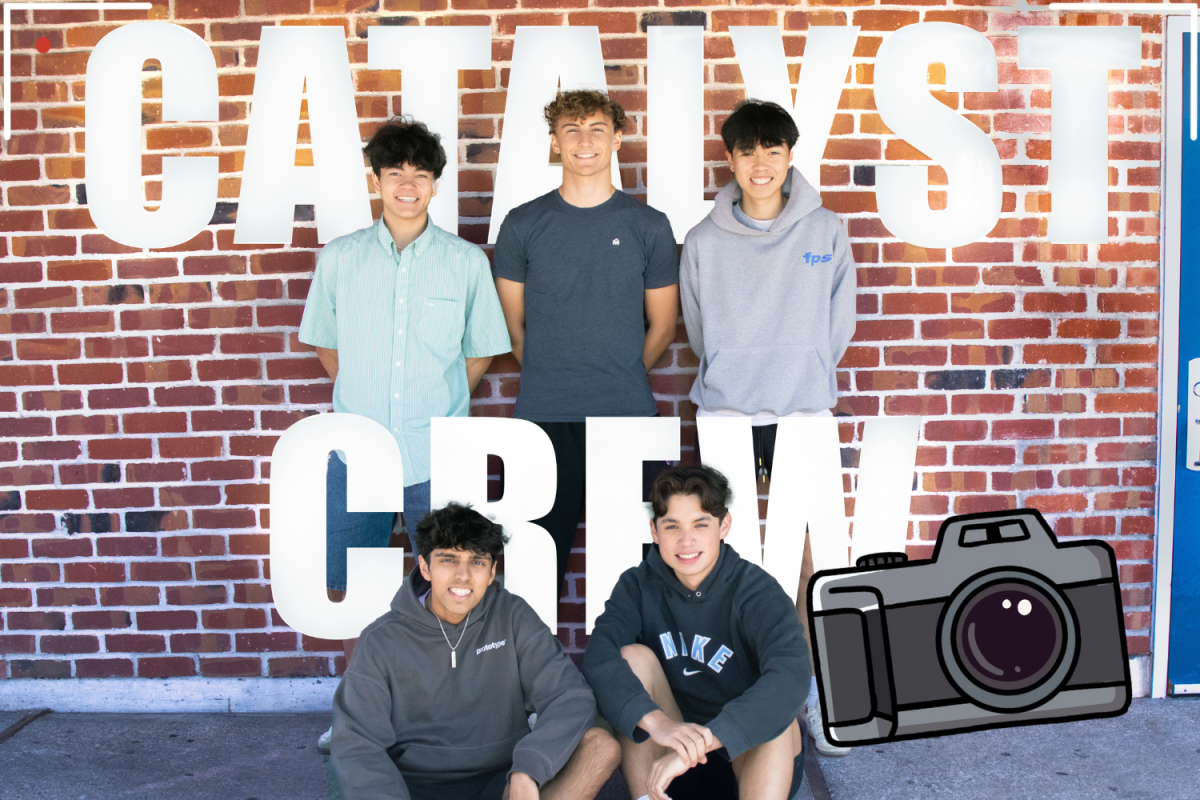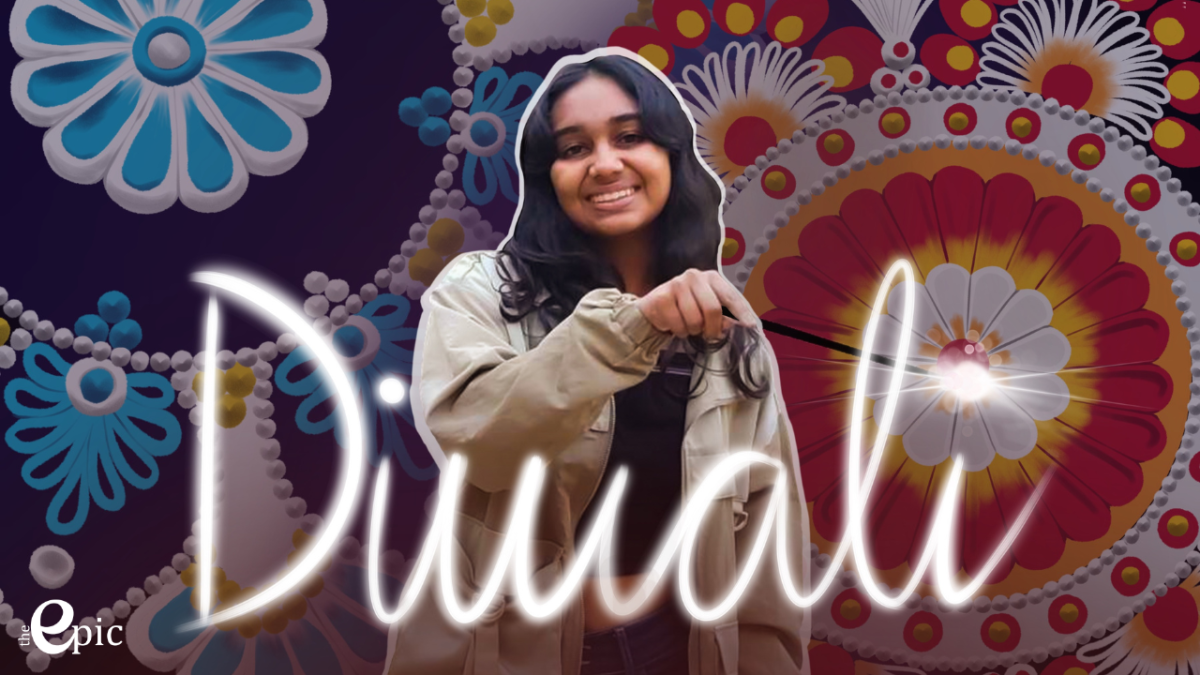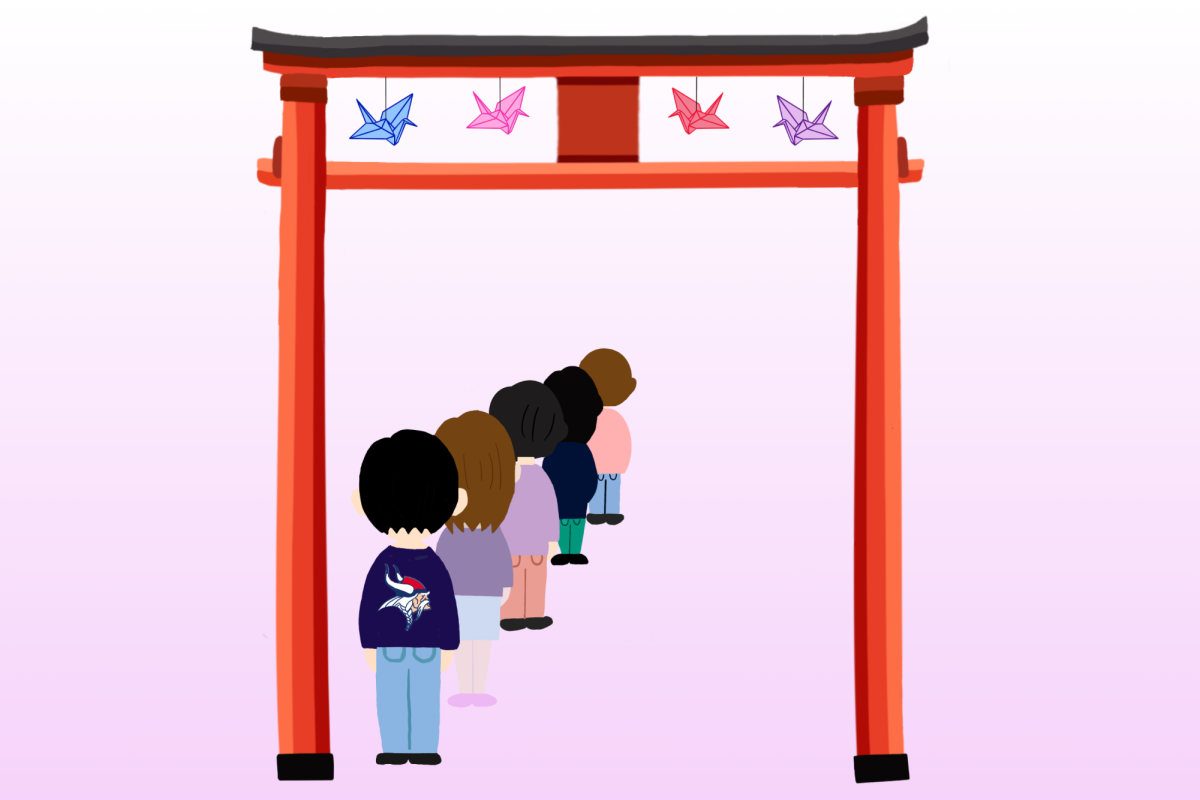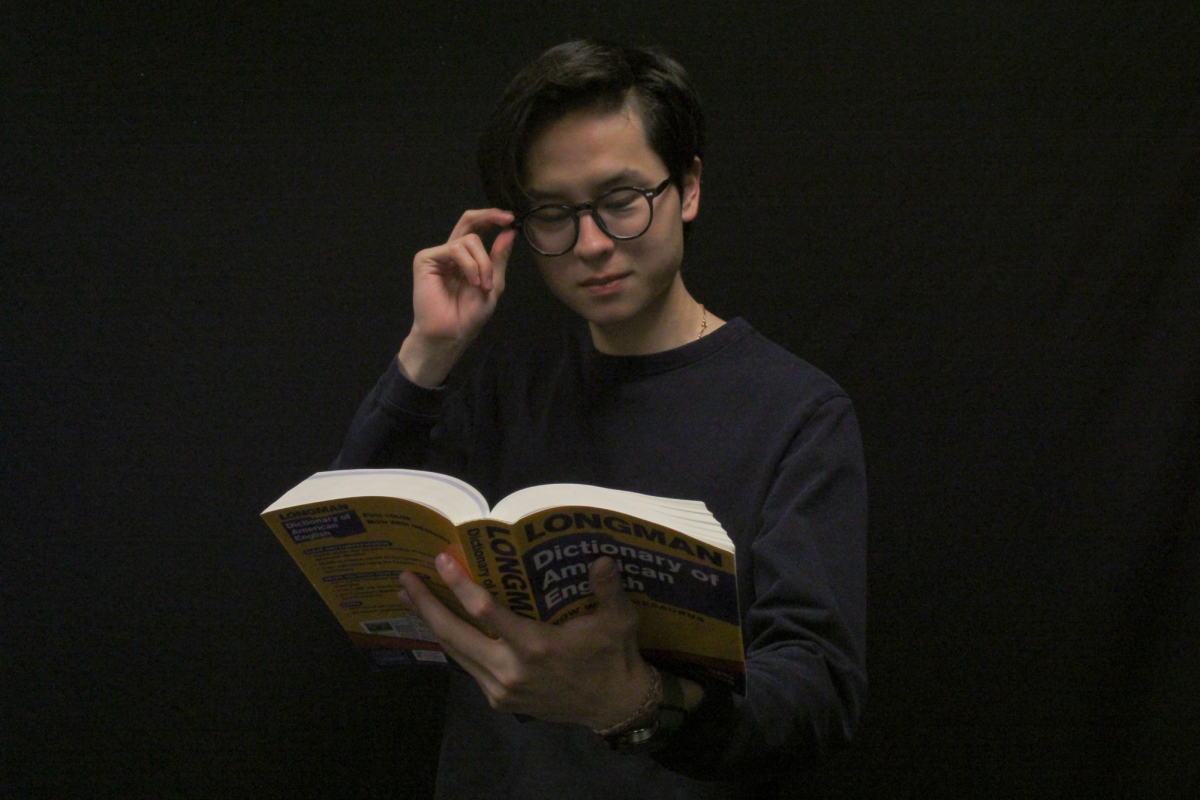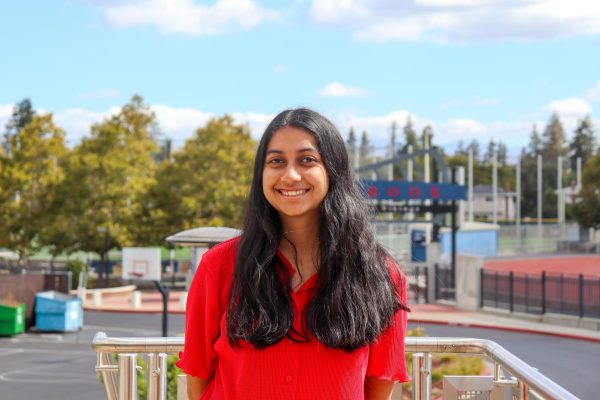From tabla to tambora, Lynbrook musicians hold different instruments close to their hearts. These rhythms or melodies transcend generations, holding culturally rich histories in the strings and beats of their instruments.
Senior Abhinav Athreya hammers the outer rim of his tabla, then strikes its goatskin center for a perfectly tuned thrum. This instrument, a pair of drums, is largely associated with Hindustani music, a style of Indian classical music that has traveled down his family line, providing him with a sense of identity.
Athreya learned tabla basics in third grade from his uncle who had played the instrument. Athreya enjoyed the various rhythmic aspects of the tabla so much that he continued his education by enrolling in formal classes in the same year.
“You wouldn’t think that there’s a lot of different sounds you can make with just two drums,” Athreya said. “But there are so many different ways to play; it’s very cool to me.”
Upon observing a vocal performance from his cousin, Athreya was inspired to follow a similar path and enrolled in Hindustani singing lessons shortly after. Although singing and percussion are sonically different, Athreya’s vocal abilities heavily influence his execution of the tabla. While accompanying vocalists at concerts, he uses his knowledge of singing and improvises with the flow and intonations of their vocals.
“When I’m accompanying someone, I think of how I would approach it through the lens of singing,” Athreya said. “There’s a lot of overlap between the two especially since they’re in a similar musical style.”
Athreya was able to apply his tabla skills in Miller Middle School percussion band and Lynbrook marching band, where his rhythmic calling led him through the different art forms of Western drums. He has continued playing the tabla even throughout his high school career, fostering a multifaceted passion for music.
However, these jumps weren’t as easy as he first expected. Due to the vastly different playing etiquettes and genres of music, learning the technique of tabla took some adjusting. Yet, Athreya remained hopeful.
“I realized they’re both instruments so there’s going to be some overlap,” Athreya said. “This mindset made it both easier and more enjoyable for me.”
Tabla is another way Athreya feels he embraces his Indian heritage, exploring the instruments of his ancestors and sharing musical spaces with fellow music enthusiasts at Hindustani classical concerts. Moreover, music has manifested itself into his daily life, whether he is listening to music recreationally or altering his listening experience in concerts.
“A significant portion of my identity is influenced by being a musician,” Athreya said. “I like music a lot. I listen to music a lot. Whenever I attend a concert, I think of the music from the perspective of the artist rather than just as a member of the audience.“
Senior Peter Aguirre’s forté is the Colombian tambora, a drum used in folk music. Large and two-sided, they bear a striking resemblance to barrels due to their origins in salvaged rum barrels.
Aguirre had previously learned string instruments like the ukulele and guitar, but first learned the tambora in 2016 before Carnaval San Francisco, a large Latin festival. While he was drawn to musical instruments as a way to connect with his culture, the first time he performed the tambora, he was replacing a musician out of the blue for a parade where various Latin American countries would display their cultural dances and music. He connected with his culture in the San Antonio Bay Area, where there was a thriving Colombian community. His father taught him the instrument’s fundamentals quickly.
“It was a cool experience understanding rhythm for the first time because I had played under instruments but never percussion,” Aguirre said.
He soon joined the band Drums of Colombia, where he played during concerts. Aguirre has gravitated to fast-paced rhymes and beats as they allow for more creativity and improvisation. He was particularly drawn to Mapalé, a dance style originating from fishermen and slaves to commemorate the end of a work day.
“I do the faster routines just because it just feels more fun to play,” Aguirre said. “There’s so much rhythm there that you also feel like you’re dancing with the rest of the community.”
Creating harmony between instruments of a band and the singer’s vocals is Aguirre’s favorite aspect of playing the tambora. Hearing the drum’s effects complement his fellow band members provides Aguirre with a sense of purpose.
“If you listen to music without the tambora it sounds completely different,” Aguirre said. “You can feel the difference with the tambora and you’ll feel like you’re actually doing something.”
Playing the tambora greatly influences Aguirre’s identity as well. His love for Colombian music was nurtured from a young age, as Aguirre often listened to it often in his free time. But being able to apply his appreciation for music through a physical medium by learning tambora from elders in his community taught him to appreciate his culture thoroughly since childhood. Moreover, rather than feeling pressured to practice the tambora regularly or fit it into his daily schedule, Aguirre chooses to play it recreationally and for enjoyment.
“I think it’s important for everyone to learn an instrument,” Aguirre said. “I think it’s a cool skill to have and it helps develop something inherently human, like rhythm.”
Aguirre hopes to use his tambora skills as a means of creating bonds within Colombian communities in college, through performing at cultural events or using it as a medium to connect with others through their shared heritage.
“It was definitely cool to see how tambora became more than just an instrument for myself,” Aguirre said. “It became a community and I learned more about my roots.”
Freshman Srilakshmi Ramanan cradles the veena — a large string instrument and staple in Carnatic music, a style of Indian classical music — fingers slipping between two sets of strings. The four main strings on top of the neck of the veena create the melodies of the instrument. The notes appear in the following order: the upper Pa, upper Sa, lower Pa and lower Sa. The strings allow the musician to switch between octaves, while the three auxiliary drone strings on the side of the neck maintain the rhythm and create harmonies with the other strings.
Ramanan was introduced to the veena by her mom who played the string instrument in India but had to stop upon immigrating to the United States. Her mother was still adamant about ensuring her daughters were enrolled in the arts, so Ramanan’s older sister began taking veena lessons. This inspired Ramanan to enroll in the same class at the age of six.
“I really enjoyed watching her practicing because I could tell she really enjoyed playing and it was inspiring,” Ramanan said.
The veena has also allowed Ramanan to bond with her sister over their shared love for the music. Whenever she would play at home, her sister would provide her with corrections to improve her skills. Additionally, Ramanan and her sister listen to concerts in the car, noting what they liked about each piece or what the artist did well. Watching concerts has also allowed her to learn from professionals to better herself as a musician.
At times, Ramanan still struggles with improvising swaras, strings of notes, because producing creative patterns on the spot can be daunting. But through practice, Ramanan develops muscle memory for improvisation, generating swaras at home to preempt any mistakes in the high-pressure setting of the stage.
Ramanan keeps an open mind and especially pulls inspiration from her veena teacher, a family friend, whose gentle approach when teaching motivates her. When visiting her concerts, Ramanathan notes her special techniques and adopts them into her own routines, for instance, when playing with one finger instead of two for a smoother stroke.
She draws on her experience as a veena player not only in singing by visually representing notes or rhythm, but also in daily life.
“I think it makes me more analytical and I like analyzing where each note starts from in music,” Ramanan said. “You learn how to maintain your composure in front of a big audience.”
She hopes to keep growing as a musician and ponders the prospect of teaching the veena later in her career.























































